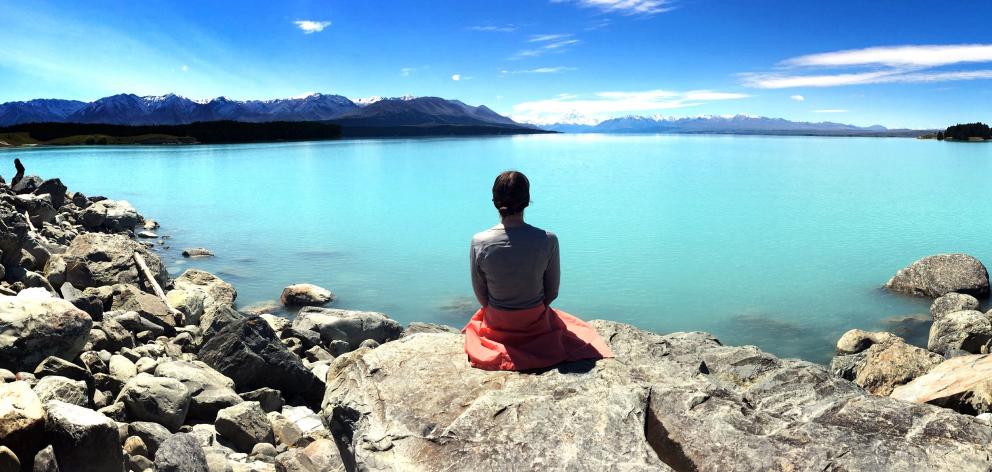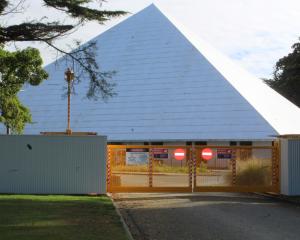
Niwa climate scientists have compiled the ‘‘stand out’’ weather statistics of the past 10 years, which shows the hottest, coldest, wettest and windiest places across the country.
The coldest day in the past decade was at Tara Hills, when -21degC was recorded on June 24, 2015. It was the fourth lowest temperature on record for New Zealand.
Takahe Valley, in Southland, also holds cold temperature records for the past decade.
It recorded the lowest average maximum daily temperature (9.61degC) for 3419 days; the lowest average mean daily temperature (5.06degC) for 3449 days; and the lowest average minimum daily temperature (1.05degC) for 3419 days.
The sea off the coast of Otago also made the list for having the coolest sea surface temperature (SST) of the past decade. It recorded an SST of 4.9degC on August 18, 2018.
On a brighter note, the sunniest single day in the past decade was not in Nelson — rather, it was in Gore, which had 15.3 hours of bright sunshine on December 23, 2018.
Other records for the decade included the hottest day, which was in Timaru (41.3degC) on February 6, 2011; the maximum wind gust was 217kmh at Baring Head, Wellington, on March 12, 2010; the highest one-day rainfall was Cropp River at Waterfall (near Hokitika) which had 869mm on January 2, 2013; the highest average bright sunshine per day was in Whakatane, with an average of 7.12 hours of sunshine over 3578 days; the highest average maximum daily temperature was in Whangarei with 20.36degC over 3620 days; and the warmest sea surface temperature was west of Northland, with 25.1degC on February 13, 2019.
Niwa meteorologist Maria Augutis said more weather records had been broken over the past 10 years than in any other time in New Zealand’s history.
The World Meteorological Organisation said it reflected what was going on globally over the past decade.
It was exceptionally hot and was almost certainly the hottest on record.
‘‘The mean annual temperature for New Zealand is calculated from Niwa's Seven Station Series which uses measurements derived from seven climate locations at Auckland, Masterton, Wellington, Hokitika, Nelson, Lincoln and Dunedin,’’ Ms Augutis said.
‘‘The Seven Station Series dates back to 1909 and shows New Zealand’s average annual temperature has increased by about 1degC over the past 100 years.
‘‘It also shows that five of the last 10 years have ranked somewhere in the top 10 warmest years on record — including 2016, which was New Zealand’s hottest year on record.’’
She believed 2019 would join that list and was almost certain to sit among the top five hottest on record.
Data for 2019 will be released later this week, she said.
Extremes (2010-19)
Hottest temperature: Timaru, 41.3degC on February 6, 2011.
Coldest temperature: Tara Hills , -21.0degC on June 24, 2015.
Highest wind gust: Baring Head (Wellington), 217kmh on March 12, 2010.
Highest average sunshine per day: Whakatane, average of 7.12 hours (record length 3578 days).
Sunniest single day: Gore, 15.3 hours on December 23, 2018.
Highest one-day rainfall: Cropp at Waterfall (Hokitika catchment), 869mm on January 2, 2013.
Highest one-hour rainfall: Cropp at Waterfall, 73.6mm on February 4, 2018.
Maximum longest run of monthly mean temperatures above normal: Hicks Bay (East Cape), 29 months (January 2017 to May 2019).
Highest average maximum daily temperature: Whangarei 20.36degC (record length 3620 days).
Highest average mean daily temperature: Whangarei, 16.25degC (record length 3617 days).
Highest average minimum daily temperature: Cape Reinga, 13.28degC (record length 3466 days).
Lowest average maximum daily temperature: Takahe Valley (Southland), 9.61degC (record length 3419 days).
Lowest average mean daily temperature: Takahe Valley (Southland), 5.06degC (record length 3449 days).
Lowest average minimum daily temperature: Takahe Valley (Southland), 1.05degC (record length 3419 days).
Warmest sea surface temperature (SST): west of Northland, 25.1degC on February 13, 2019.
Largest positive SST anomaly: coastal Canterbury, +6.9degC above average on December 9, 2017.
Coolest SST: east of Otago, 4.9degC, on August 18, 2018.










